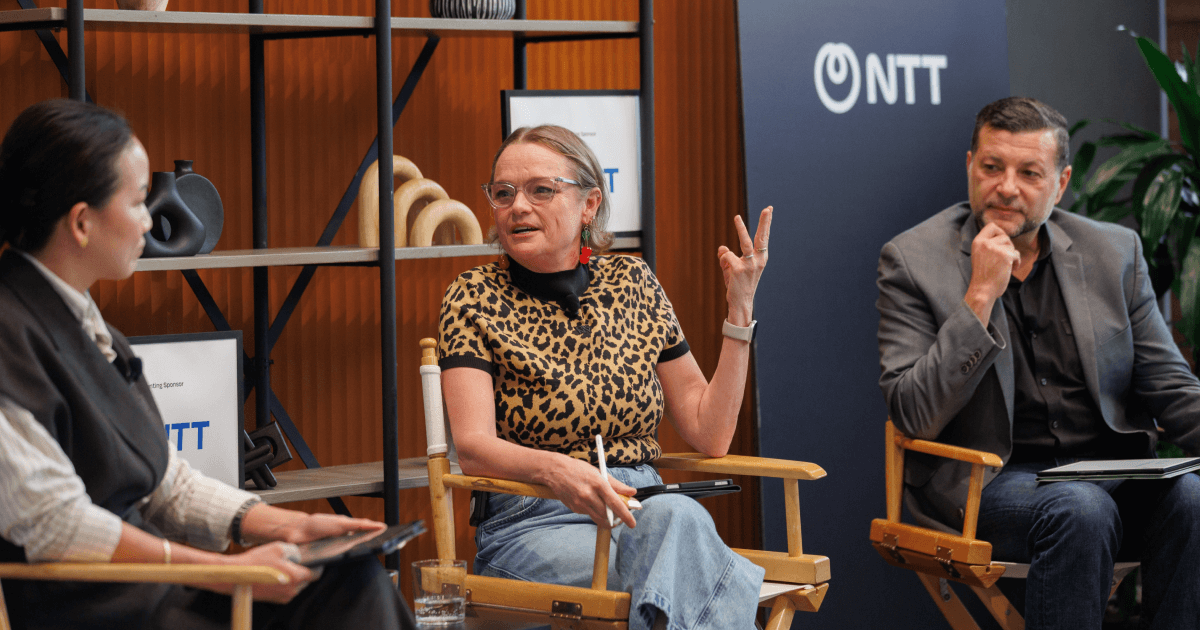Brief and bold: The three-minute story that gets product concepts funded


Got an idea for a product that will take the market by storm? Great! Have a prototype and some customer validation? Even better! Now that your target audience has gotten a taste of what your newest creation can offer, here’s your mission: Show your internal stakeholders the proposed path forward and convince them to spend the money you need to make it happen.
Beware of too many details, though
When you’re excited about something — especially when it has successfully run through the gauntlet of something like our three-week Rapid Product Validation sprint — it’s easy to say too much. Every enthusiastic detail comes to mind, but in this case, more isn’t better. Oftentimes, you’re talking to the C-Suite to make a sizable funding request, and these are busy people. They don’t have time to take a trip down a rabbit hole, so give them what we like to call The Three-Minute Story.
You know who else needs The Three-Minute Story? The Director or VP who you may have to talk to first, who will then take your funding request up the chain of command. But if you give them too much information, they won’t be able to reflect it properly in their ensuing conversations. It’s like playing Telephone with your winning product idea and you’re risking the messaging becoming muddy. So, keep it concise!
{{rpv-ebook-banner="/rich-text-components"}}
What’s in the Three-Minute Story?
As the name implies, it’s incredibly simple — yet also highly impactful. All you need are three things:
- The product prototype
- A research summary that shows the market opportunity
- An overview of the validation from actual customers
Yup, that’s it. Show them the product, the data that proves its potential, and the general feedback from your customers. With regard to form-factor, while we champion software over slides, there is a time and place for a gorgeous and short presentation (Hint: this is it!) Think one slide each, keep it visual, show the design concepts in device frames, highlight the most important market opportunity metrics, and bring forth the most powerful user quotes that help you get to “Yes.”
Of course, this is a significantly slimmed-down version of what you’ll get after a good design sprint, especially when it comes to the research. For example, we like to start our Rapid Product Validation sprint with a fast-paced deep dive so everyone on both sides is aligned on the main competitors, the target audience, their biggest pain points, the market landscape as a whole, the business cases involved, and even SWOT analyses. While this information is invaluable for designer discovery, it’s extraneous — and quite possibly distracting — as you go up the ladder. Fight that urge to show too much and keep reminding yourself, “I’ve only got three minutes. What must they know?”
If you deliver a concise, professional three-minute story, something amazing will happen. Your presentation will turn into an open dialogue where your audience asks pointed questions and more details emerge. You can really predict what they will ask, in fact, it’s likely stuff you would have shared if you had allowed yourself 15 minutes to keep talking. Do the opposite. Say enough, prepare for the questions you’re sure they will ask, and control the conversation from start to finish.
The perfect output for an accelerated process
We like things in threes — a three-week design sprint that turns into a three-minute internal story. That’s because you don’t have months to build, launch, and discuss a product. You only have weeks to see if an idea actually has potential and then push it forward. Otherwise, the market opportunity may pass you by. Sometimes, it’s not even about bringing something new into the market; it’s about keeping up with the competition. Either way, time is money.
That’s why The Three-Minute Story is the perfect way to get that all-important internal buy-in. It prevents everyone from getting bogged down in minutiae and focuses on what’s most important so your funding decision can come as quickly as your customer validation did.



